The Snake Plant (Sansevieria trifasciata), also known as Mother-in-Law’s Tongue, is one of the most resilient houseplants. Known for its air-purifying abilities and low-maintenance care, it has become a staple in homes, apartments, and offices. But as our living environments become increasingly filled with Wi-Fi routers, smart devices, and EMF-emitting gadgets, many plant parents are wondering: does electromagnetic radiation affect indoor plant growth, and specifically Snake Plants?

What Are EMFs and Wi-Fi Radiation?
Electromagnetic fields (EMFs) are invisible areas of energy emitted by electronic devices. Wi-Fi routers, smartphones, laptops, and even microwaves emit radiofrequency radiation (RF-EMF). While generally considered safe for humans at low levels, researchers have been curious about their effects on plants, which rely on delicate cellular and photosynthetic processes.
Research on Plants and EMF Exposure
Scientific studies on EMF exposure in plants are still limited, but some findings suggest:
- Seed germination: Certain seeds exposed to EMFs have shown delayed or stunted germination.
- Leaf health: A few experiments reported leaf discoloration or reduced chlorophyll content under strong radiation.
- Cellular activity: Prolonged exposure may cause stress at a cellular level, influencing growth rate and resilience.
Most of these studies focus on small seedlings and sensitive crops rather than hardy ornamentals like Snake Plants. That means the direct impact on Sansevieria remains speculative.
Snake Plants: Naturally Resilient to Stress
Snake Plants evolved in arid African regions where they adapted to:
- Low water availability
- Harsh sunlight and heat
- Poor soils
This natural resilience suggests they may also tolerate modern indoor challenges, including low-level EMF exposure. Unlike delicate ferns or humidity-loving calatheas, Snake Plants can survive in conditions that would kill most other houseplants.
Possible Indirect Effects
Even if EMFs don’t directly harm Snake Plants, indirect environmental changes might matter:
- Wi-Fi routers can slightly warm the surrounding area, drying soil faster.
- Devices emit heat that may increase local evaporation.
- The stress of fluctuating indoor conditions (light, heat, airflow) often has a stronger impact than EMFs themselves.
So if your Snake Plant is struggling near your router, it may be due to heat and dryness, not invisible radiation.
Myths vs. Science
There are myths circulating that Snake Plants “absorb” Wi-Fi signals or EMFs like they absorb toxins. While they are excellent at filtering indoor air pollutants like benzene and formaldehyde, there is no scientific proof that they neutralize EMFs.
What they do provide is oxygen at night (through CAM photosynthesis), improved humidity, and visual calm—factors that indirectly support wellness in tech-filled spaces.
Best Practices for Snake Plants in Tech-Heavy Homes
- Avoid extreme heat spots – Keep plants away from hot routers, gaming PCs, or appliances.
- Monitor soil dryness – Devices may accelerate evaporation. Water when the soil is completely dry.
- Rotate placement – If your Snake Plant looks stressed near a Wi-Fi router, move it a few feet away.
- Combine with humidifiers – Indoor tech lowers humidity; adding moisture helps prevent crispy leaf tips.
Final Thoughts
In 2025, there’s no strong evidence that EMF or Wi-Fi radiation directly harms Snake Plant growth. However, indirect environmental stressors—like heat, airflow, and dryness caused by devices—can affect them. Snake Plants remain one of the best choices for tech-heavy apartments, home offices, and digital spaces because of their resilience, adaptability, and oxygen-producing qualities.
While more research is needed, for now you can confidently enjoy your Snake Plant alongside your smart home setup without fear of EMFs stunting its growth.


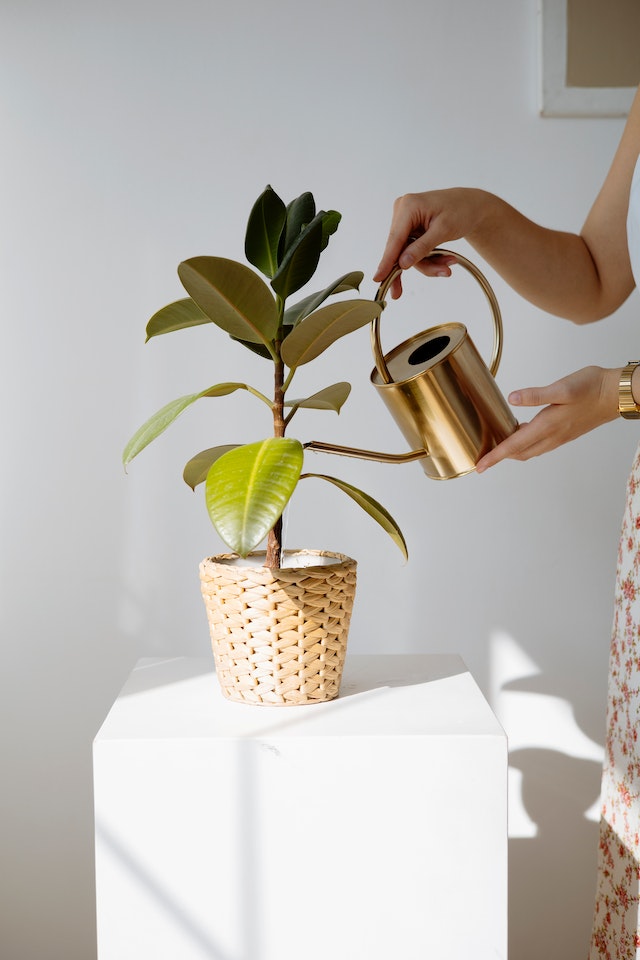



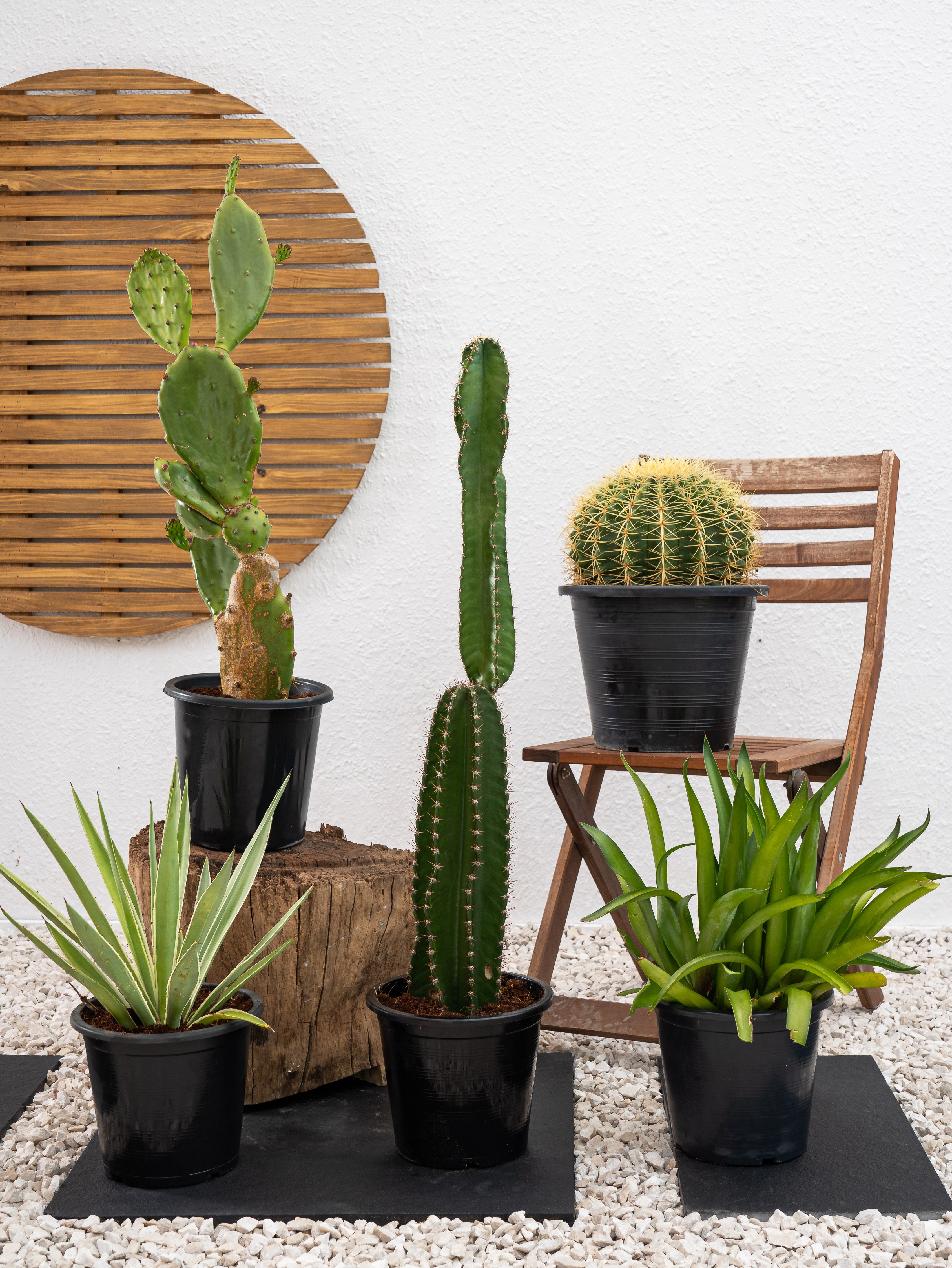
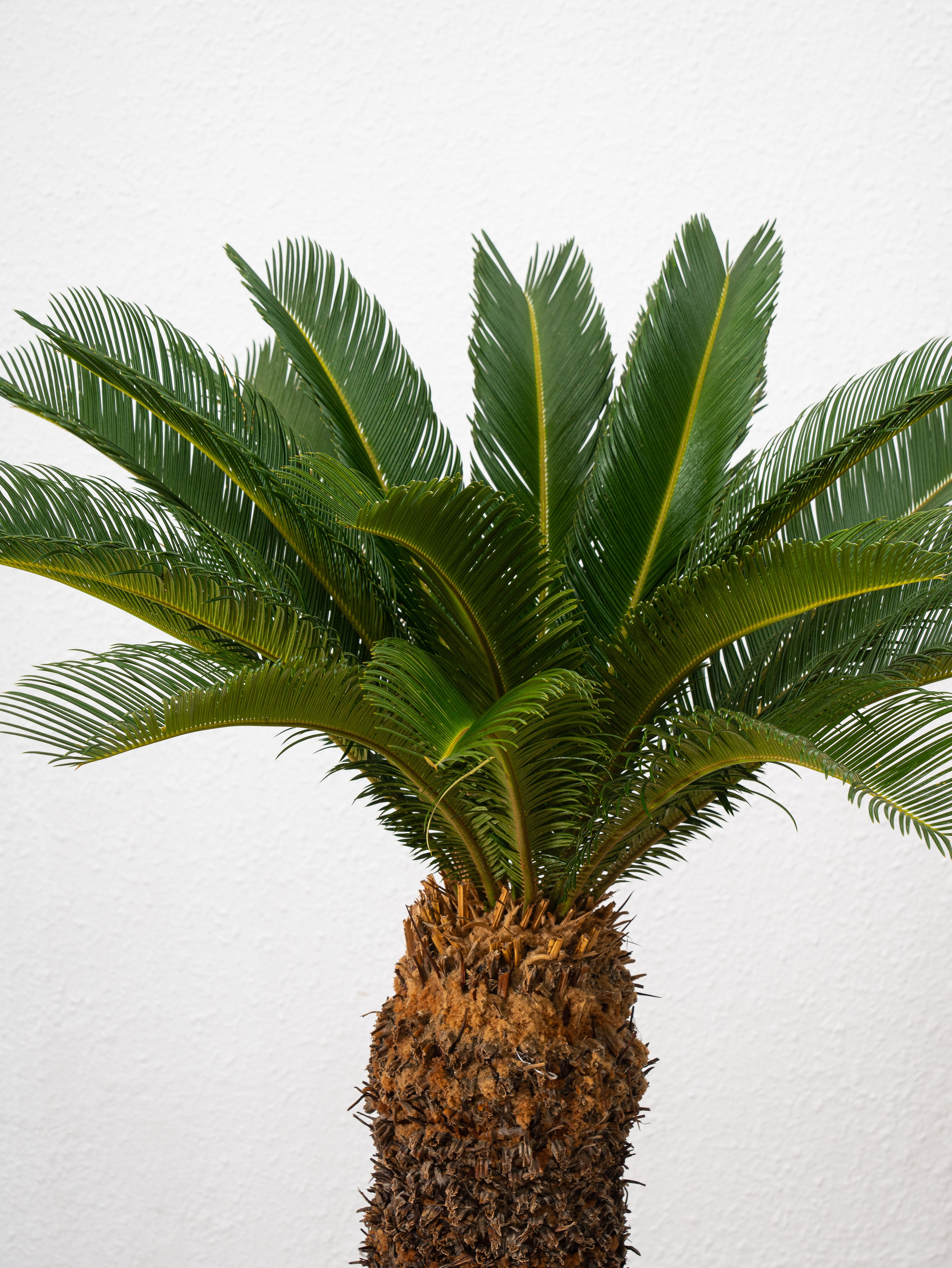
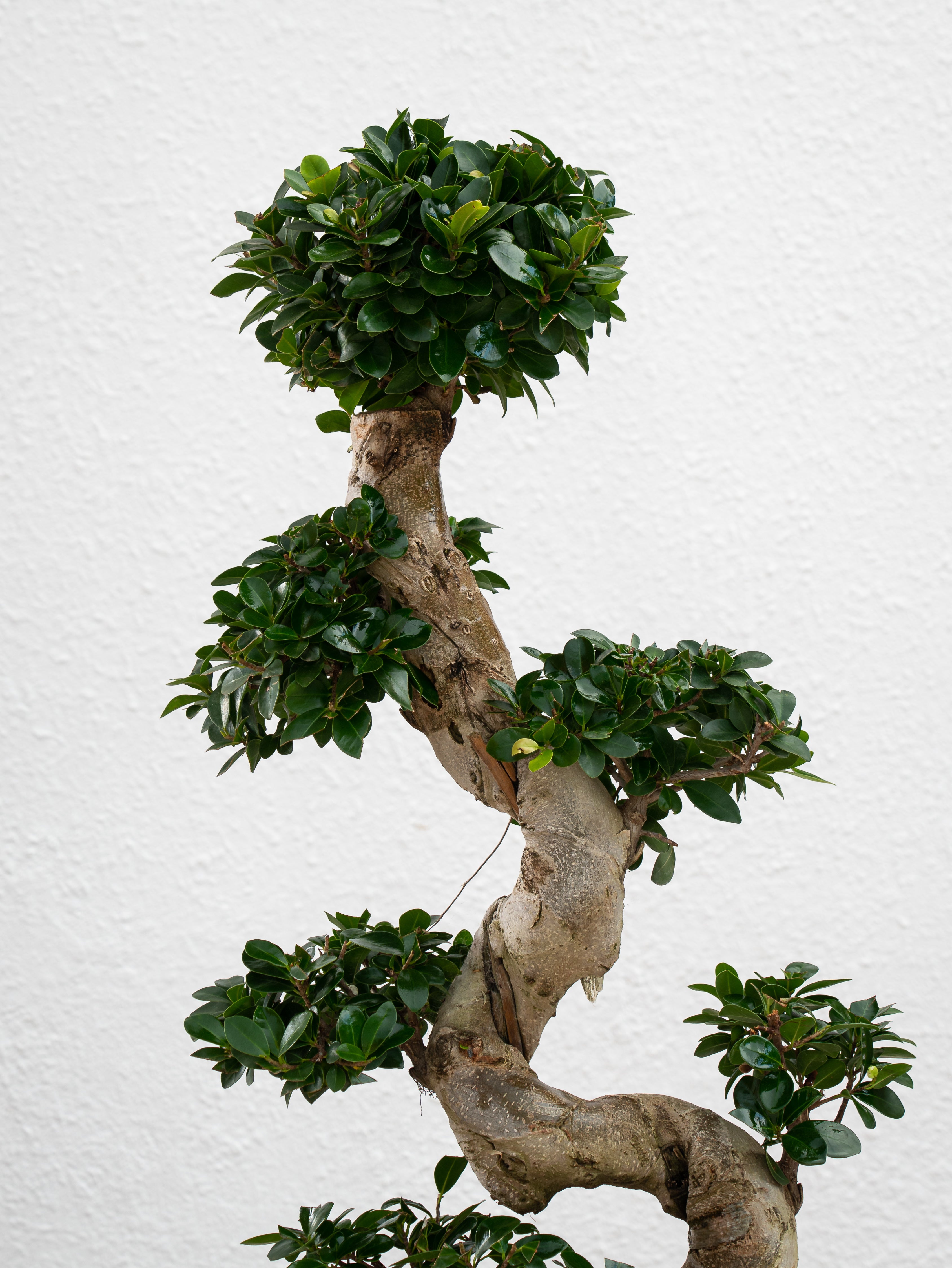
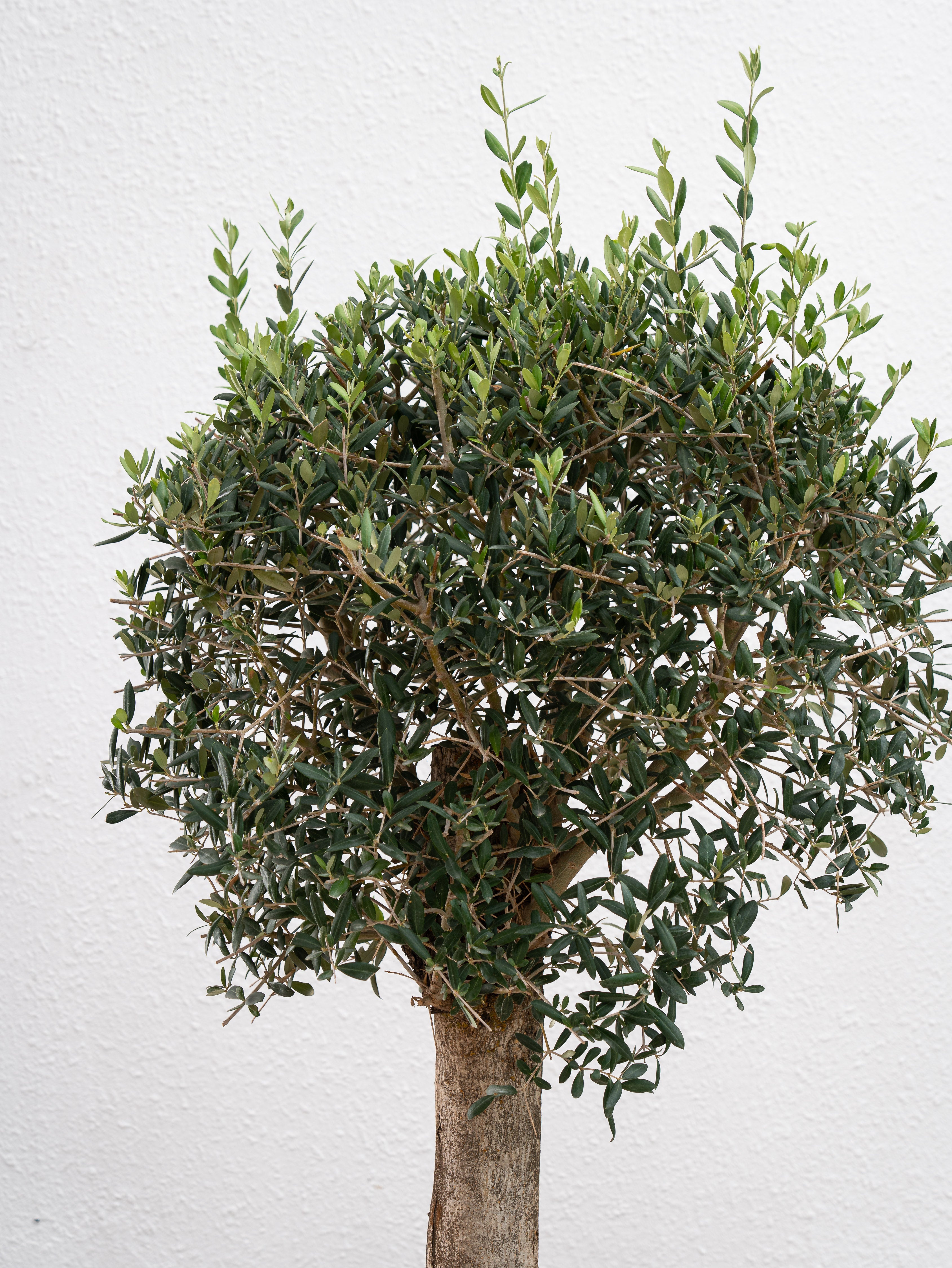
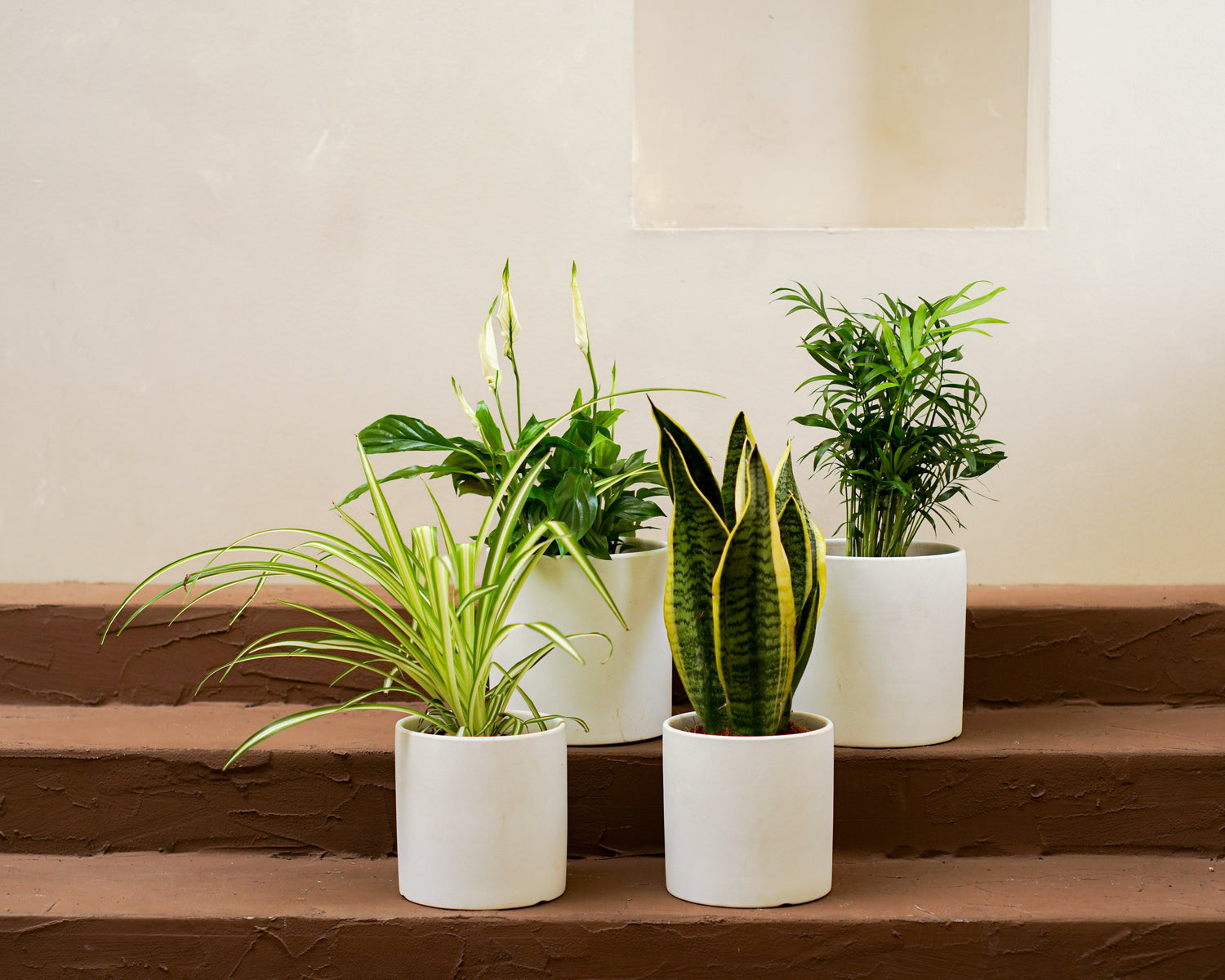
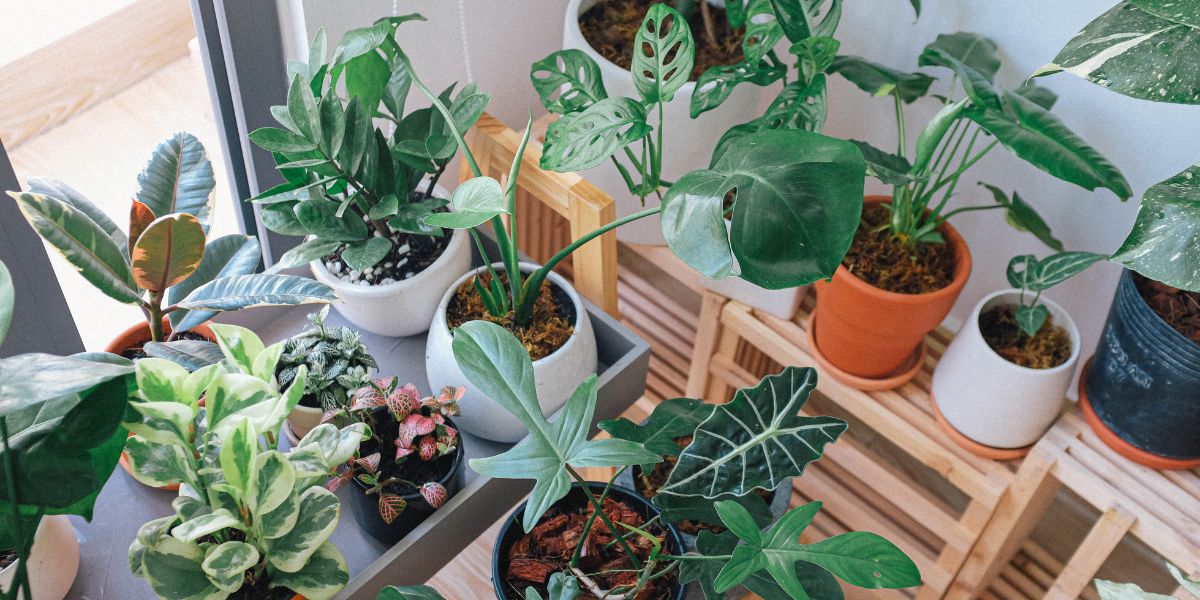
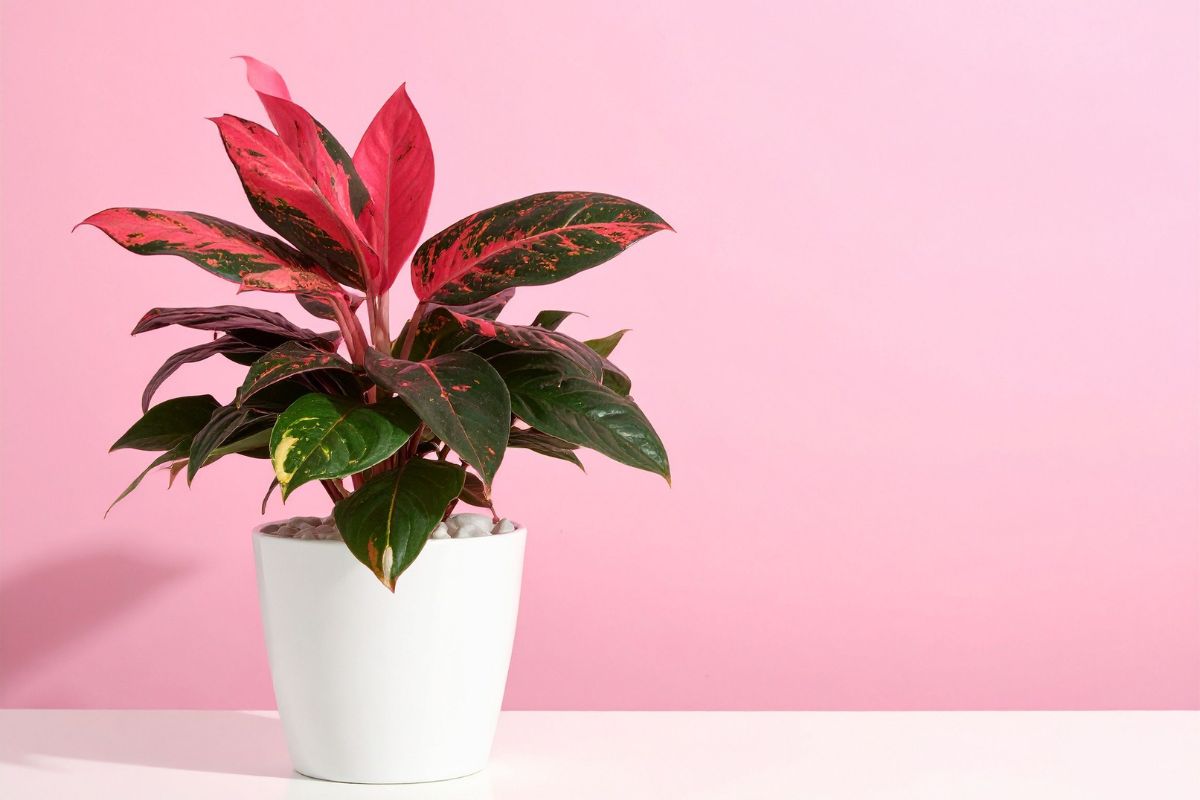
Leave a comment
This site is protected by hCaptcha and the hCaptcha Privacy Policy and Terms of Service apply.